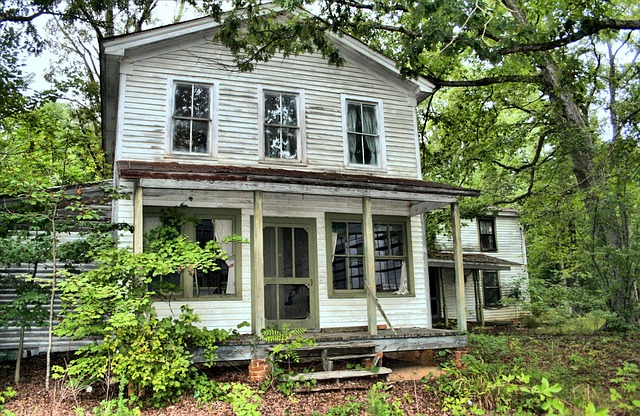When eyeing a house that’s been vacant for an extended period, it’s essential to dig deeper beneath the surface charm. As appealing as the price and the promise of a fresh start may be, these homes often harbor hidden issues that can turn your dream purchase into a costly nightmare.

One of the first areas of concern is the foundation. A vacant home may suffer from neglect, leading to unchecked water intrusion and subsequent foundation damage. Cracks, uneven floors, and moisture in the basement are red flags. If left unaddressed, these problems can escalate, causing significant structural damage.
Plumbing systems in long-vacant homes are another common trouble spot. Stagnant water can lead to corroded pipes, mineral buildup, and even burst pipes in colder climates. Inspecting the entire plumbing system includes checking for leaks, ensuring proper water pressure, and verifying the functionality of water heaters and fixtures.
Electrical issues can also arise from prolonged disuse. Outdated wiring, rodent damage, and corroded components pose safety hazards. Flickering lights, tripped breakers, and non-functional outlets are indicators that the electrical system needs thorough inspection and possibly extensive repairs.
Pest infestations are another problem often encountered in vacant homes. Rodents, insects, and even birds can invade the property, causing damage to insulation, wiring, and structural components. Signs of pests include droppings, nests, and unusual odors. A professional pest inspection is advisable to assess the extent of the infestation and the necessary remediation steps.
Mold and mildew thrive in unoccupied, unventilated spaces, particularly if there has been water intrusion. Inspecting for mold is essential, especially in basements, attics, and around windows and doors. Mold not only damages the home but also poses health risks to occupants.
The HVAC system of a vacant home is likely to be outdated or non-functional. Rust, dust buildup, and neglected maintenance can lead to inefficient heating and cooling, and potentially costly repairs or replacements. Testing the system thoroughly and having it serviced by a professional can help avoid future discomfort and expense.
Lastly, cosmetic issues, while seemingly minor, can signify deeper problems. Peeling paint, warped floors, and stained ceilings might indicate underlying issues such as moisture damage or poor ventilation.
In conclusion, purchasing a long-vacant home requires a meticulous and thorough inspection process. Addressing these potential problems upfront can save you from unexpected expenses and ensure that your new home is safe, sound, and truly worth the investment.
